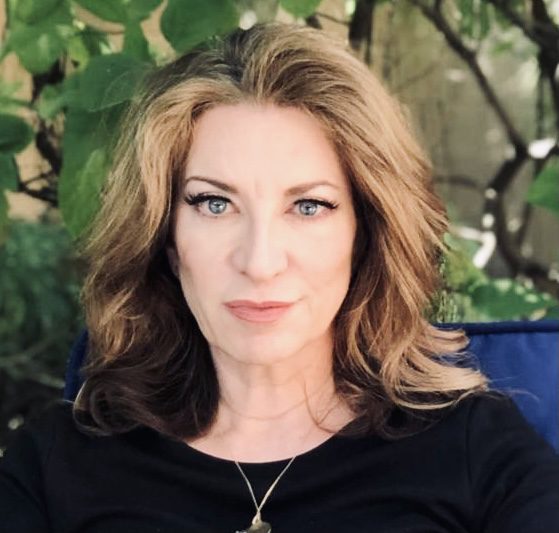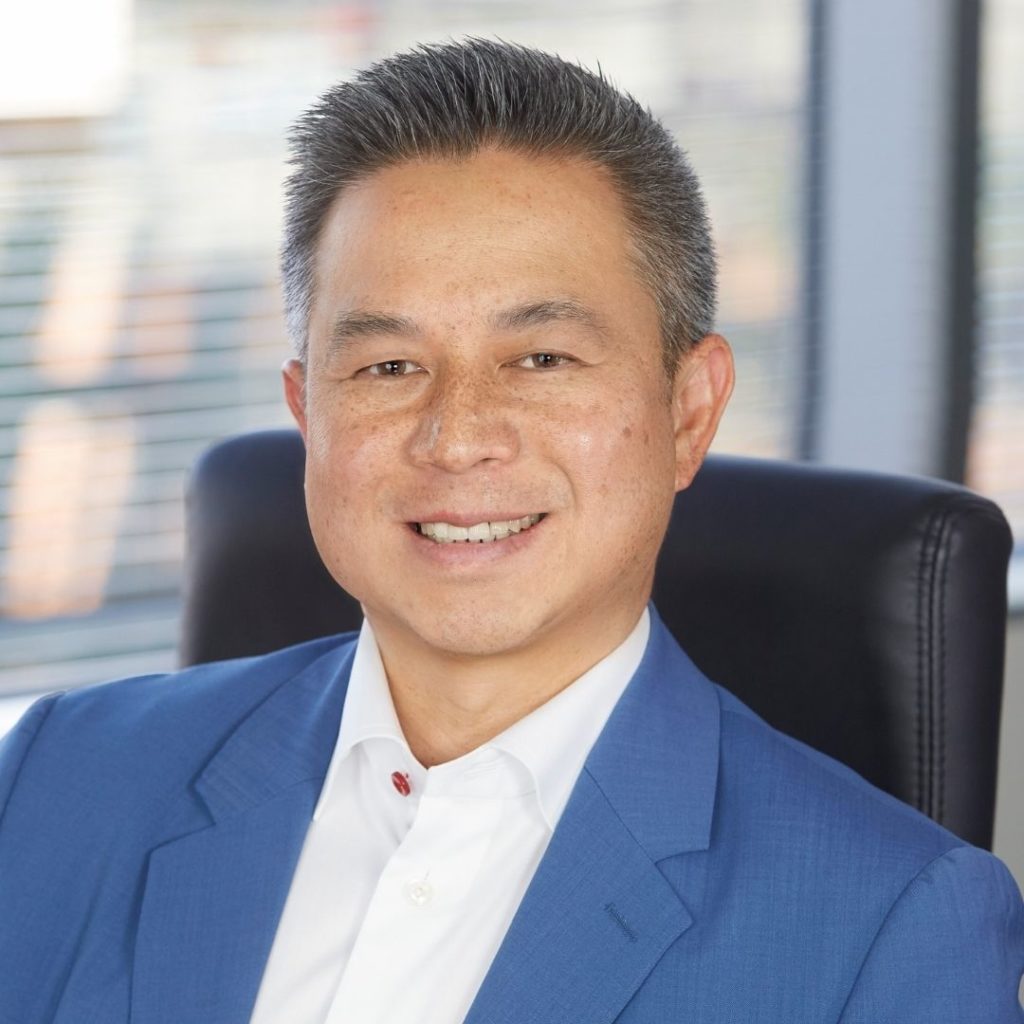About Dr. Mukesh Kumar
Dr. Mukesh Kumar, PhD, RAC, is a Washington DC-based consultant in regulatory affairs and quality assurance for manufacturers and developers of pharma and biotech products. With more than 100 multinational clinical trials, Dr. Kumar is one of the world’s leading experts in pharmaceutical, biotech, and medical product development from early stage to commercial markets. He authors a popular Weekly Newsletter on FDA related issues, FDA Puran, read by more than 80,000 readers worldwide.
Academically, Dr. Kumar holds a PhD in Biochemistry and is a visiting professor at George Washington University, Washington DC. Because of his world-renowned expertise in global regulatory affairs, Dr. Kumar has been an invited speaker at several professional and academic organizations worldwide.
In the world of medicine and patient care, nothing, absolutely nothing is left to the gods of Fate. From the clinical trials under Investigational New Drug applications or INDs to dealing with the FDA, researchers and proponents face a journey similar to Odysseus’ Odyssey, a journey ridden with uncharted dangers and unsuspected plot changes. What it takes to find your way outside the labyrinth is finding the right guide. Enter Dr. Mukesh Kumar.
Dr. Mukesh Kumar, one of the top FDA experts, has been gaining invaluable experience in INDs approvals for more than 20 years now, helping pharmaceutical companies develop IND applications and aligning these applications to FDA standards. With an average of approximately 10 to 15 successful INDs every year, Dr. Kumar comfortably sits at the top of the IND hierarchy with an unparalleled success rate.
However, Dr. Kumar’s work extends beyond investigational new drugs, reaching a field of medicine that, with enough research, resources, and time, will probably bring patient care and medicine as a whole to a new level: STEM cells.
With such exciting topics and an abundance of knowledge from Dr. Kumar, how does one choose between the two? The short and easy answer is, they do not! For that reason, let’s tune in to Dr. Kumar’s interview and learn more in the beginning about INDs and their approval process, continuing with how STEM cells work miracles into our bodies and how they represent the future of medicine.

Learning from One’s Mistakes
In a nutshell, the FDA describes investigational new drug applications as follows: “An Investigational New Drug Application (IND) is a request for authorization from the Food and Drug Administration (FDA) to administer an investigational drug or biological product to humans.” One can sense the burden and the level of responsibility falling upon FDA regulators right away, which is why the process of approving an IND is difficult, entails a heap of bureaucracy, and can take up to several months. “If you do your homework, if you prepare well, the process is pretty well defined. You know, it’s not magic. It’s just a lot of hard work that goes into these obligations, and people who do put in hard work, they do get, you know, positive results from the regulators.” Dr. Kumar shares with Top Doctor Magazine.
At the end of the day, doing one’s homework and dealing with inevitable future mistakes are the way to bring an IND to fruition. “You want to find people with the right kind of experience, who’ve learned from their mistakes, who have dealt with the FDA many times. […]” Dr. Kumar shares with us in a more cheerful tone. “It’s a pretty, well-defined, clear process if you know what you are doing.”
However, why do so many applications end up in failure? Dr. Kumar points out two main reasons. One, lack of communication between the proponents and the regulators sets the former months back on the application writing process. Two, the proponents do not listen to the regulators’ concerns, which, in one particular case, cost one of Dr. Kumar’s clients almost nine months before having their application accepted by the FDA. On the other hand, as long as one respects the regulator’s requests and maintains constant communication with the latter, an IND can receive its approval in just a few weeks, a true example of efficacy. To learn more about IND applications, you can check out Dr. Kumar’s weekly video blog at www.FDAMap.com.
How Does an IND Go from Project to Reality?
As an organization, the FDA’s mission is to protect the public for risky products, even those in clinical trials. As such, to become a reality, every IND must go through a rigorous, thoroughly objective FDA review process. FDA looks through every aspect of an IND, from the design of the study to its ethics, to the validity of the scientific questions being asked in the trial. FDA could have many questions for the clinical trial and may need the trial to be revised to make it safer. In addition to the FDA, independent review boards or IRBs also review a clinical trial plan to make sure it is not unreasonably risky for the volunteers who will participate in the planned trial.
At the end of the review process, both the FDA and the IRB have to approve the clinical trial before the trial can be started. Once the clinical trial is started both the FDA and IRB require periodic updates to stay on top of the trial. At any time a trial approval can be suspended if there are concerns about the conduct of the trial or new safety issues.

101 STEM Cell Course with Dr. Kumar
Aside from bringing INDs to reality, Dr. Kumar turns his knowledge and interest towards a definitely more exciting, more engaging, more futuristic field of medicine, and that’s the field of STEM cells. We all have a vague idea of what these miracle-working cells are supposed to do, but can we be so sure of our knowledge? To dispel any mystery, Dr. Kumar took a few moments to explain where these STEM cells are located in our bodies and how they work their magic.
The first word(s) that must come to mind when talking about STEM cells is the stromal vascular fraction or SVF. Briefly, when physicians remove fatty tissue, either through liposuction or through other means, from the body, this fatty tissue contains many blood vessels, and the walls of these blood vessels are lined with STEM cells!
The STEM cells arrive at the injury site using the blood vessels as means of transportation for maintenance work and repairs. The speed with which these cells travel to the injury site depends mostly upon age: the younger we are, the feistier the STEM cells are! However, as we age, STEM cells take longer to reach the body areas in need, allowing injuries to pile up gradually.
Are All STEM Cells the Same?
Not at all, according to Dr. Kumar. On the contrary, STEM cells differentiate from one another through the range, locality, and ability to convert. First off, we have the STEM cell “quarterbacks,” the mesenchymal stromal cells, or MSCs. Traveling through the blood vessels, MSCs can repair any defect in the body. However, their extended range deprives them of a significant portion of their strength, which is why they act as a support structure for the more potent, more localized cells, called semi-differentiated STEM cells. This “offensive line” of cells resides in every organ, with the ability to convert into the cells found in the same tissue. As such, liver STEM cells will replicate only other liver cells, hematopoietic STEM cells can only convert into blood cells, and so forth.
Regardless of their range and ability to convert, STEM cells are the body’s best means of keeping itself free from injuries. For that reason, Dr. Kumar pays close attention to anything STEM-cell-related: research, journal articles, you name it. Furthermore, he’s working on his own SVF IND approval, to which other doctors can contribute as investigators as well.

The Importance of STEM-Cell Banking in Future Research
Once the STEM cells are extracted from the tissue, the next and vital step is to conserve them in the appropriate habitat. That’s when STEM cell banks come to the rescue. In cold temperatures (-196 degrees Celsius), STEM cells can be deposited for years, keeping their quality intact. Since such special conditions are necessary for STEM cells to survive, physicians must store them in specialized laboratories where they can be kept away from contaminations and loss of quality.
Furthermore, the FDA has taken additional steps to prevent unwanted accidents related to, for example, contaminations with toxins. As such, from June 1 onwards, the new FDA regulations will only allow physicians to make use of STEM cells in IND settings and for specific procedures. Patients who aim to get such procedures would either need to enroll in clinical trials or pursue these treatments in other countries where they are legally available.
What’s Next for STEM Cells?
“You know, we are at the cusp of many, many inventions coming in the next five years.” With a very optimistic tone, Dr. Kumar sees STEM cells as the future of the next generation’s findings in medicine. For that reason, as a parting reminder, he advises us to keep working towards raising awareness and storing STEM cells dedicated to research and patient care. Patients should explore banking their own stem cells for future use. There are few options to bank your stem cells for future use. If you would like to learn more about Dr. Kumar’s work, make sure that you check out the following website.
At TopDoctor Magazine, our mission is to foster connections within the health and wellness community, acting as a vital bridge between doctors and patients and facilitating collaborations between medical companies and healthcare professionals.
Our purpose extends to empowering our readers, providing them with the knowledge to make well-informed healthcare and lifestyle decisions.
We take pride in being the ultimate resource for interviews with health and wellness leaders, delivering trending medical news, and covering a wide range of healthy living topics.






0 Comments